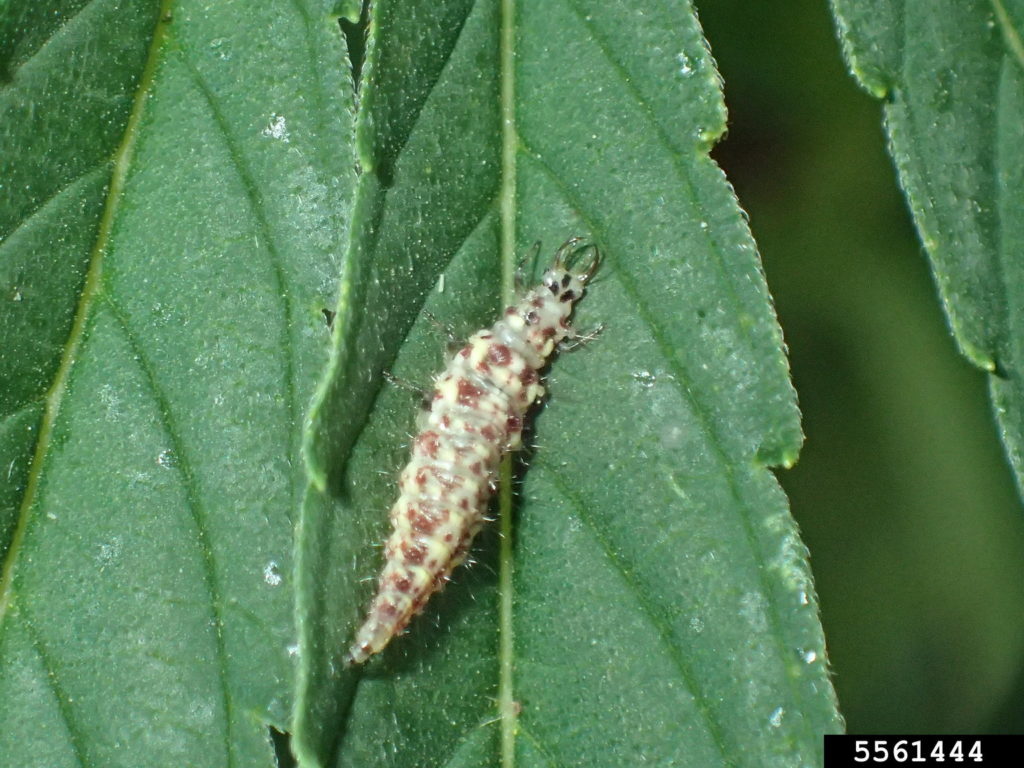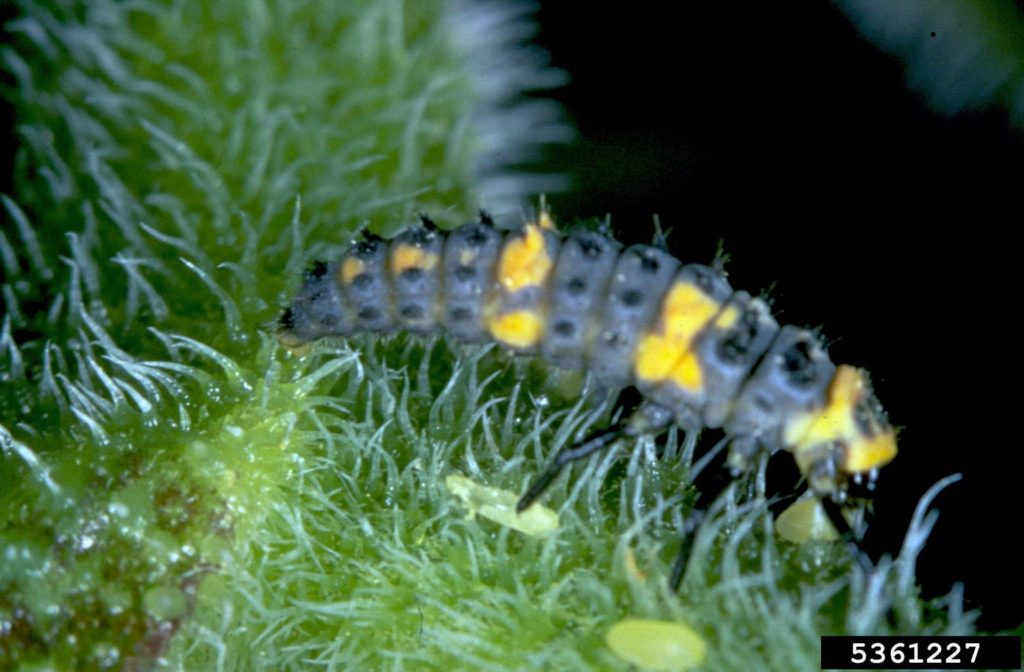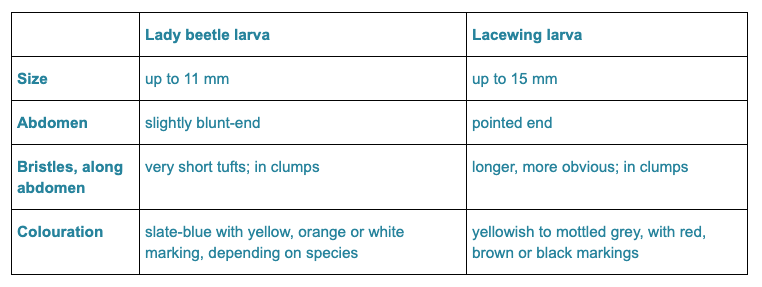
The Field Heroes campaign continues to raise awareness of the role of beneficial insects in western Canadian crops.
Field Heroes resources include:
- Real Agriculture went live in 2022 with Season 3 of the Pest and Predators podcast series!
• NEW Episode 15 – Aphid milkshakes: Green lacewing’s fave Tyler Wist (Agriculture and Agri-Food Canada-Saskatoon) and Shaun Haney (RealAg). Published online May 2022.
• NEW Episode 14 – Mistaken identities: Insect pest or beneficial? John Gavloski (Manitoba Agriculture and Resource Development) and Shaun Haney (RealAg). Published online May 2022.
• NEW Episode 13 – Weather effects: Predicting pest populations James Tansey (Saskatchewan Ministry of Agriculture), Meghan Vankosky (Agriculture and Agri-Food Canada-Saskatoon), and Shaun Haney (RealAg). Published online May 2022.
• Review SEASON 2 of the Pest and Predators podcasts!
• Review SEASON 1 of the Pest and Predators podcasts! - The Pests and Predators Field Guide is filled with helpful images for quick insect identification and plenty of tips to manage the pests AND natural enemies in your fields. Claim your free copy at http://fieldheroes.ca/fieldguide/ or download a free copy to arm your in-field scouting efforts!
- Review the Sweep-net Video Series including:
• How to sweep a field. Meghan Vankosky (Agriculture and Agri-Food Canada-Saskatoon). Published online 2020.
• What’s in my sweep-net? Meghan Vankosky (Agriculture and Agri-Food Canada-Saskatoon). Published online 2020.
• Why use a sweep-net? Meghan Vankosky (Agriculture and Agri-Food Canada-Saskatoon). Published online 2020.
Follow @FieldHeroes!



